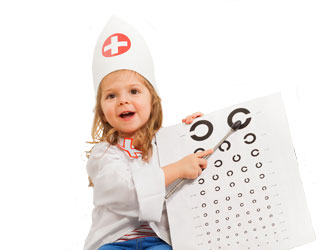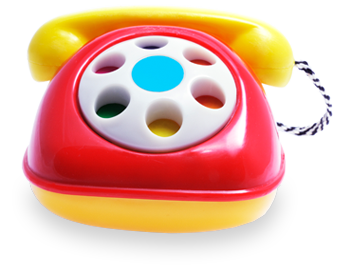Retinoblastoma is a cancerous tumor that grows in the retina, the light-sensing part of the eye. It’s not usually noticeable at birth. Most children are diagnosed during the first 24 months of life. Retinoblastoma is a highly treatable cancer. It's estimated that more than 90% of children in the U.S. diagnosed with retinoblastoma can be cured.
From your first visit with us, you'll work with a dedicated team that’s committed to giving your child the very best care and giving your family the support you need. We begin by doing a careful diagnosis using a physical exam and other tests to determine the best course of treatment for your child. We use advanced imaging exams such as optical coherence tomography (OCT). In this test, a handheld device gives us a clear picture of your child's retina in seconds. We use imaging (like MRI), blood tests, or samples (biopsies) of bone marrow or spinal fluid, if needed, to see if cancer is anywhere else in your child’s body.
Retinoblastoma can be caused by a genetic mutation, so a blood test also tells us whether your child has hereditary retinoblastoma. Because children with this form of the disease are at risk for other tumors, long-term regular checkups are recommended. In addition, if your child has the genetic mutation, other members of the family should have blood tests to check for the gene. Our genetic counselors will discuss your family’s risk, who should be tested, and what steps should be taken to evaluate for cancer.


